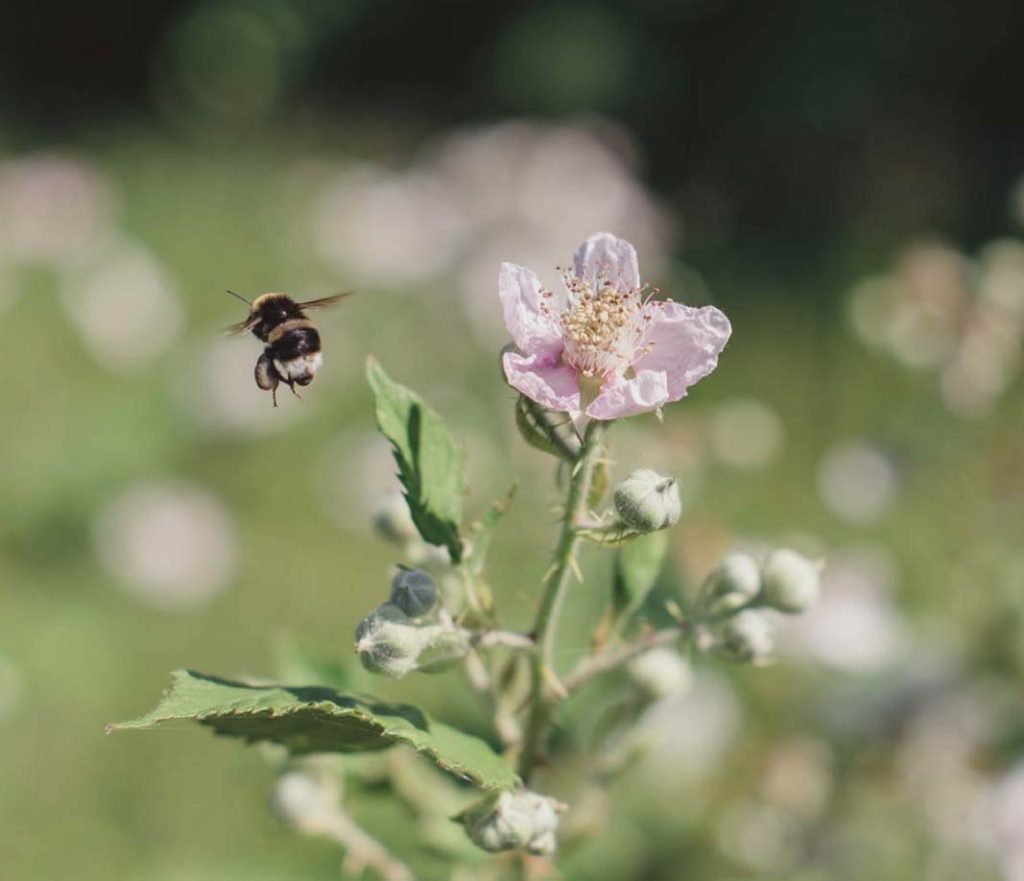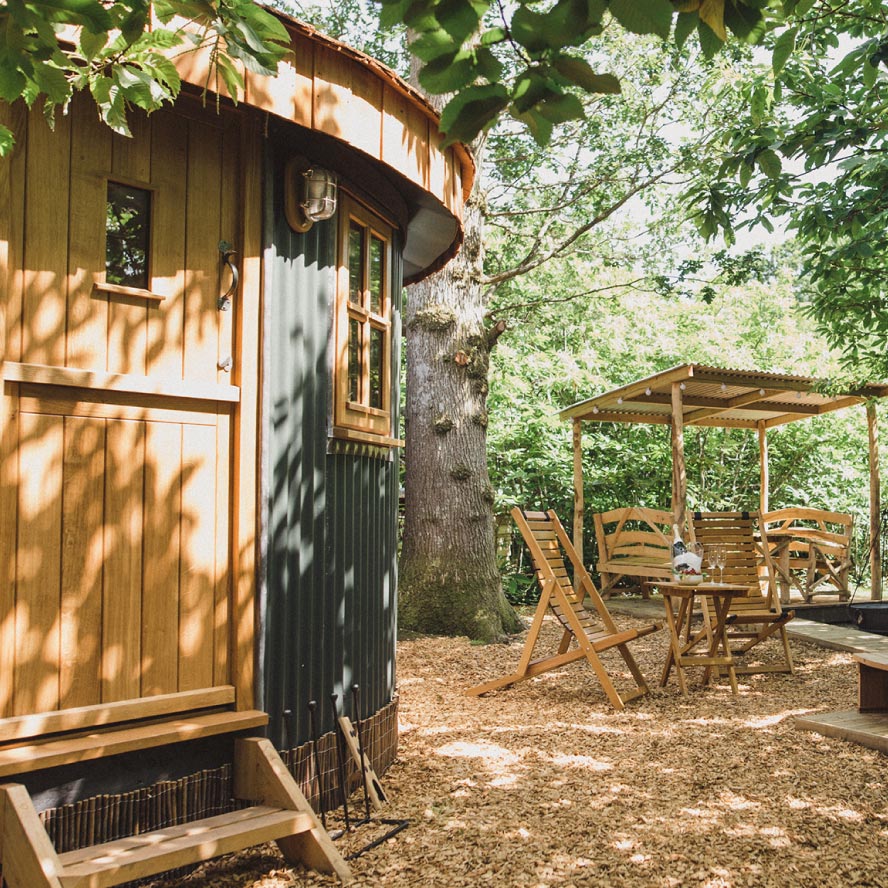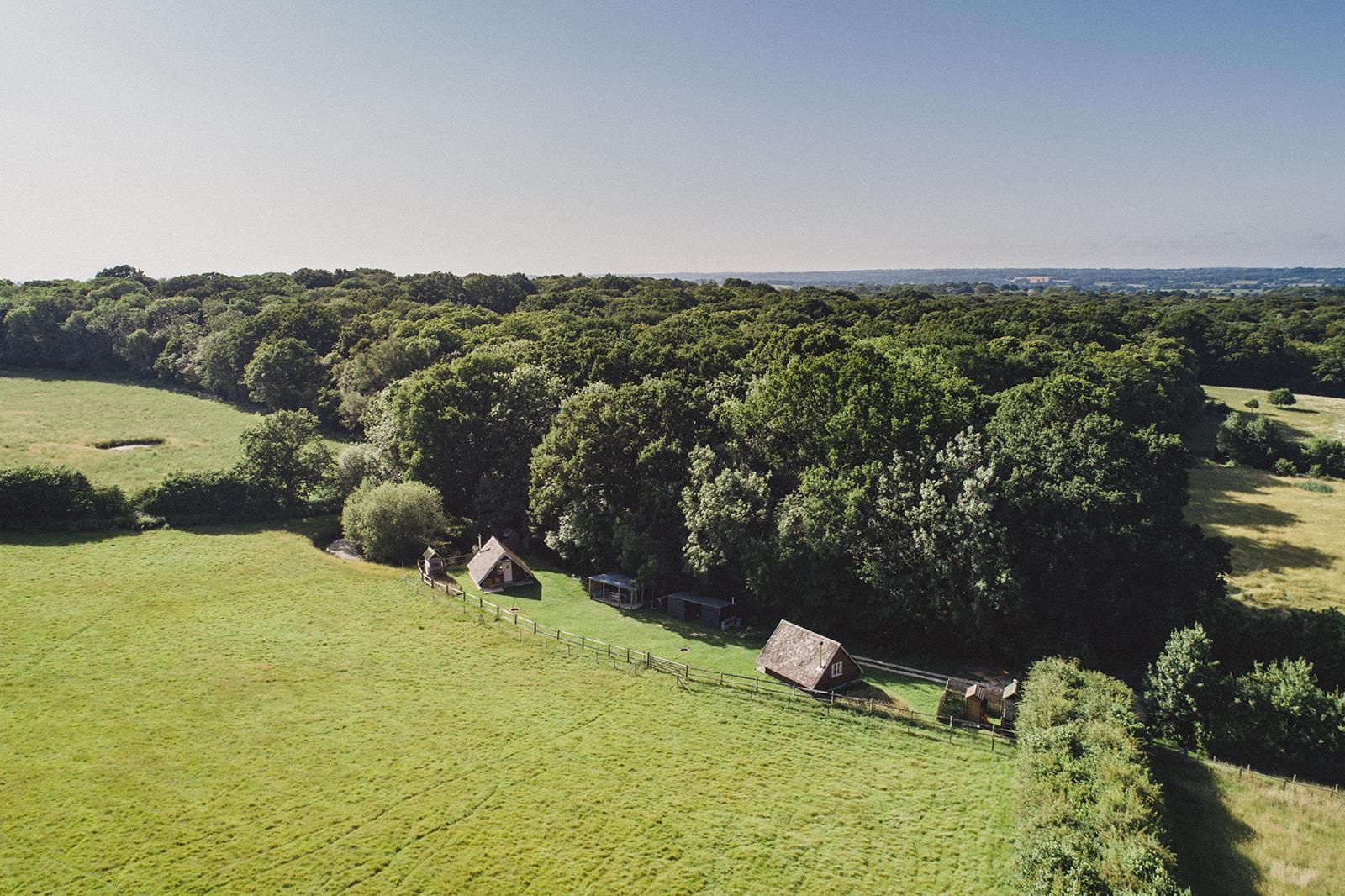We consider ourselves exceptionally lucky to live so close to The Rye Harbour Nature Reserve. Did you know that it is one of the largest and most important wildlife sites in England?
The reserve covers over a thousand acres of flat, open, low lying ground. The high points are crests of shingle storm ridges built up by tides and storms. The low points are between the ridges where saltmarsh has developed.
Within the reserve there are a wide variety of different habitats – intertidal, saltmarsh, shingle ridged, sand, marsh, scrub and woodland. This habitat rich landscape means that the reserve is home to more than 4,355 species of plants and animal – including 300 that are rare or endangered.
But it isn’t just about the natural world. The reserve can teach visitors a great deal about the history of this part of the country too. The coastline at Rye Harbour has changed dramatically over the past 700 years and the new flatland has been threatened by invasion during three different periods – Tudor, Napoleonic and World World Two. There are military buildings on the reserve that mark the ancient shorelines: Camber Castle (500 years ago), Martello Towers (200 years ago) and Blockhouses (75 years ago).
Earlier this summer the brand new Discovery Centre opened on the reserve. It’s nothing short of fabulous! An accessible hub for visitors – you’ll find masses of information about the reserve there including information panels, short films and interactive displays. The views from the centre are spectacular, and if you want to stop a while and take them in – you can enjoy a bite to eat or a slice of homemade cake at the wonderful Lime Kiln Café. The Discovery Centre is open 10am-4pm.
Visit the website for the reserve and plan your visit – you can read about what you might expect to see on their useful month by month guide. There are always walks, talks and events to join in with too.
But even if none of the above is really on your radar, Rye Harbour Nature Reserve is quite simply a stunning place to take a walk. It’s our place of choice to blow the cobwebs away if we need some sea air and a change of scene from the rolling hills of Swallowtail Hill. Definitely worth a visit!
Photo credit: © Kt Bruce/ Sussex Wildlife Trust.
We're on Instagram.
Follow us for the latest updates, stories, reviews and much more.
Awards & Accreditations













